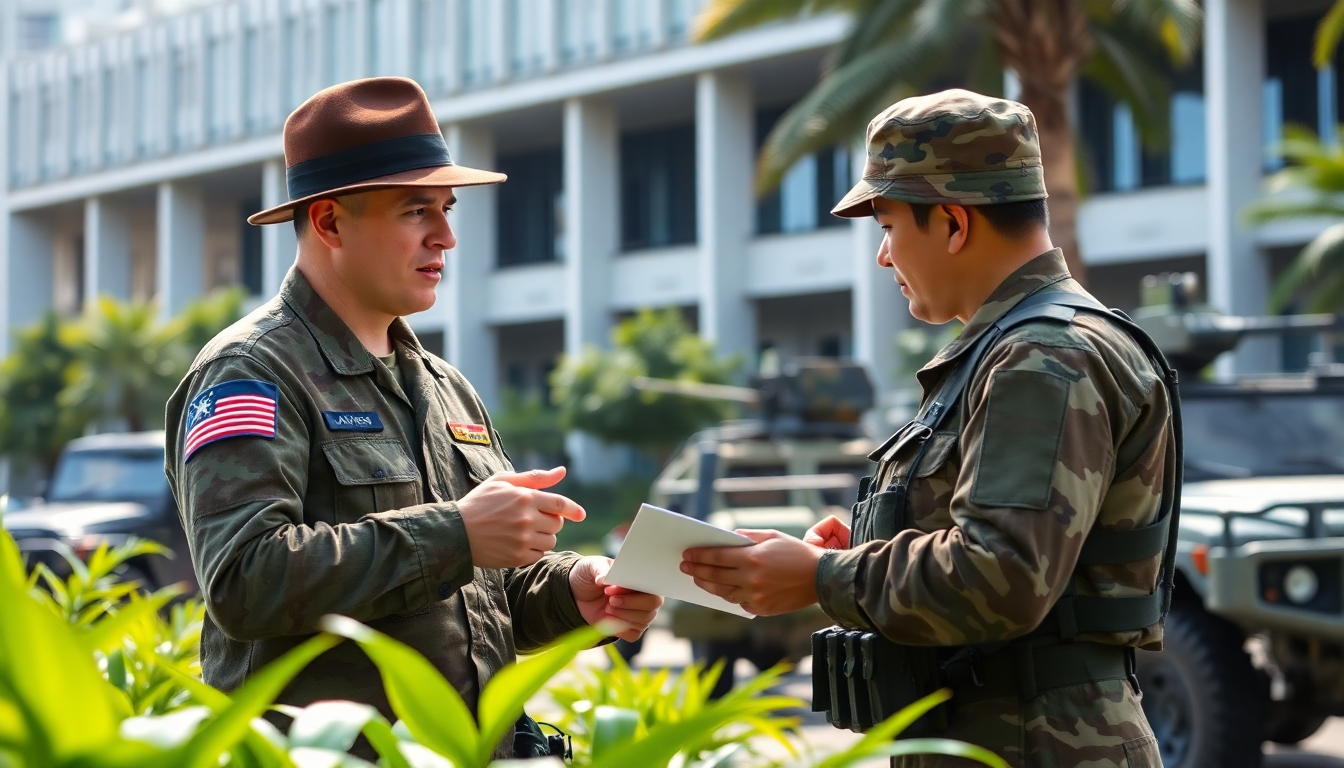Table of Contents
The recent announcement of a strengthened military agreement between Australia and the Philippines signals a major turning point in defense cooperation between these two nations. During a press conference in Manila, Australian Deputy Prime Minister and Defense Minister Richard Marles, alongside Philippine Defense Secretary Gilberto Teodoro Jr., unveiled this new initiative. But what does this really mean for the future of defense collaboration? This agreement aims to ‘regularize’ military operations and exercises, solidifying the strategic bond that has been developing between Australia and the Philippines.
Framework of the New Agreement
So, what’s actually in the new deal? Marles laid out plans for eight varied infrastructure projects across five locations in the Philippines. This initiative isn’t just about military might; it’s about boosting the capabilities of the Armed Forces of the Philippines while creating a structured investment approach that benefits both nations. By strengthening military ties, this agreement also promotes a sense of regional stability and security—something we can all agree is crucial these days.
Experts in defense and international relations suggest that this new pact could act as a strategic bridge connecting Manila, Canberra, and Tokyo. It’s set to complement existing US-led security arrangements and encourage a flexible trilateral framework that can tackle emerging security challenges in the Pacific. As the geopolitical landscape shifts, agreements like this become vital for countries looking to collaborate effectively on defense matters.
Implications for Regional Security
This military partnership is particularly timely, especially as it aligns with the recent operationalization of a reciprocal access agreement between Japan and Australia. Chester Cabalza, the founding president of the International Development and Security Cooperation think tank in Manila, pointed out that this triangular network among the three nations will significantly deepen military ties and enhance collective security efforts. Doesn’t it make you think about how interconnected our world has become?
The implications of this agreement stretch beyond just the two nations involved; it could also impact the strategic calculations of other countries in the region. As Australia and the Philippines ramp up their military capabilities, the potential for collaborative security efforts might lead to a more coordinated response to regional threats. It’s fascinating to see how alliances are shifting in real-time, isn’t it?
Conclusion and Future Outlook
As the geopolitical landscape continues to change, this new agreement between Australia and the Philippines represents a pivotal moment in their defense relationship. The focus on infrastructure projects aimed at enhancing military operations signals a commitment not only to bilateral collaboration but also to broader regional security frameworks.
Looking ahead, it will be essential for both nations to keep a close eye on how effective this agreement proves to be and how it influences regional dynamics. The collaborative efforts sparked by this partnership could set the stage for even stronger defense ties, ultimately contributing to a more stable and secure Pacific region. What do you think the future holds for these nations as they navigate this complex landscape?


